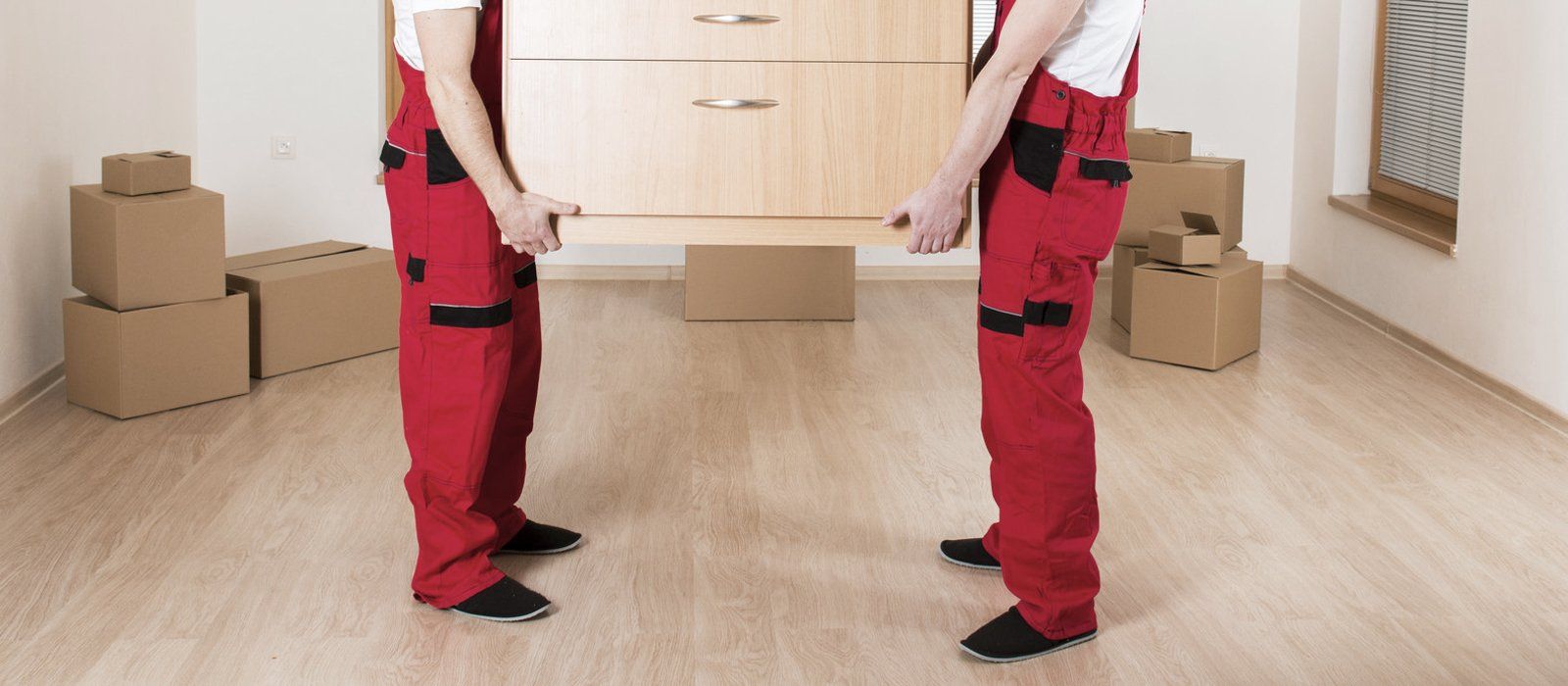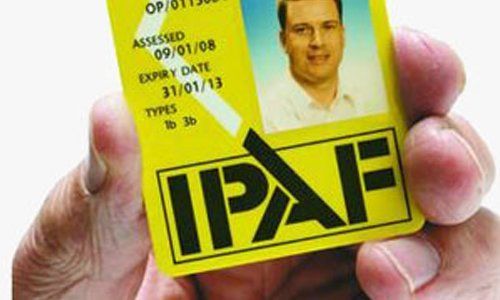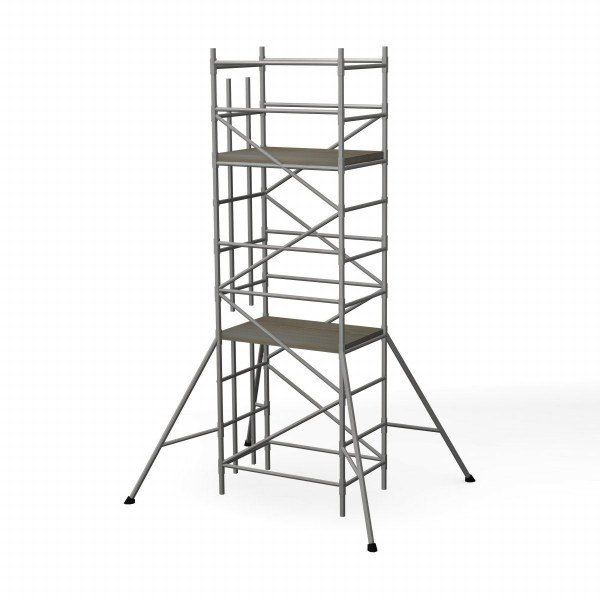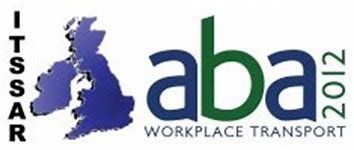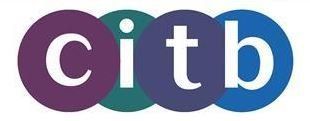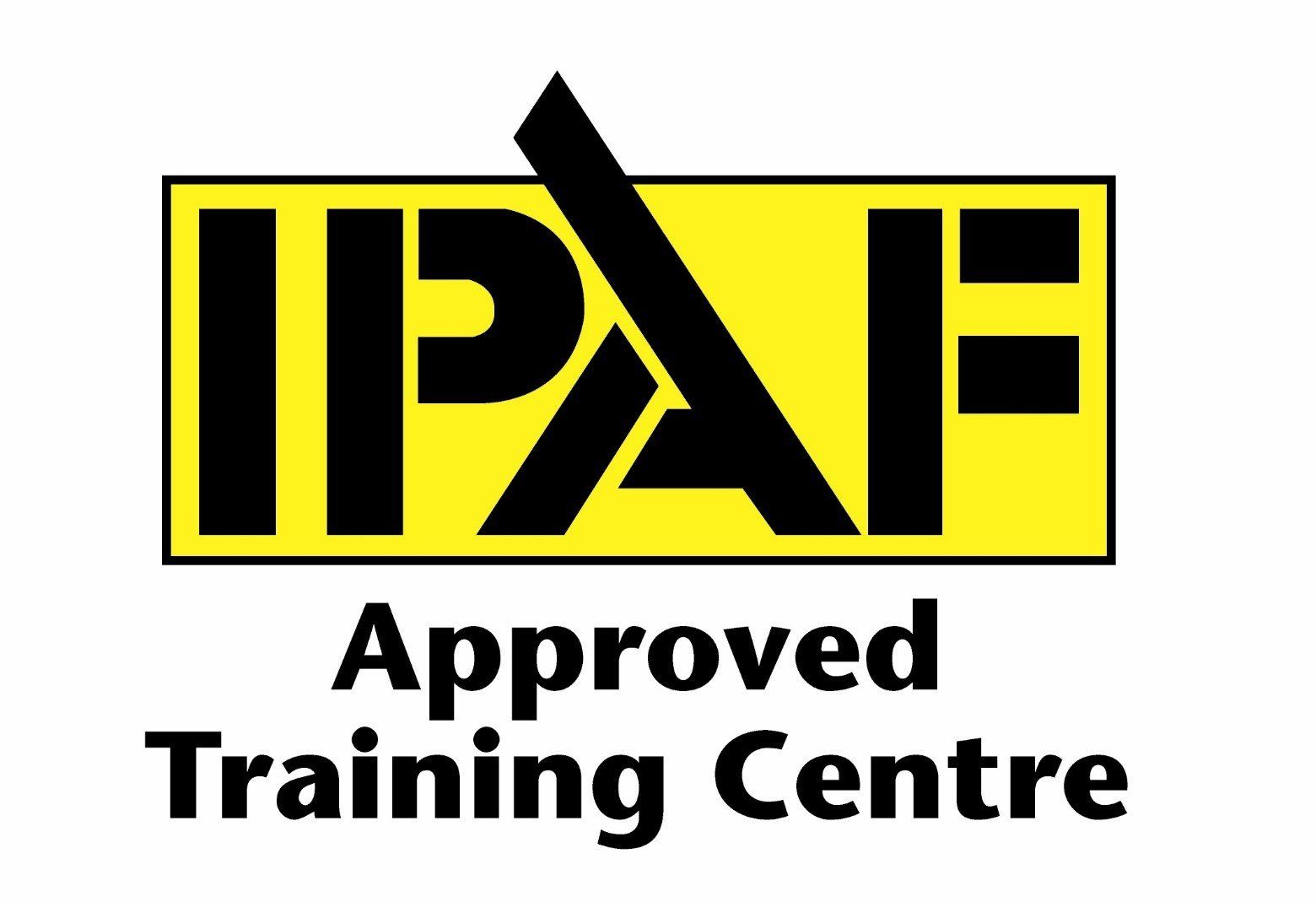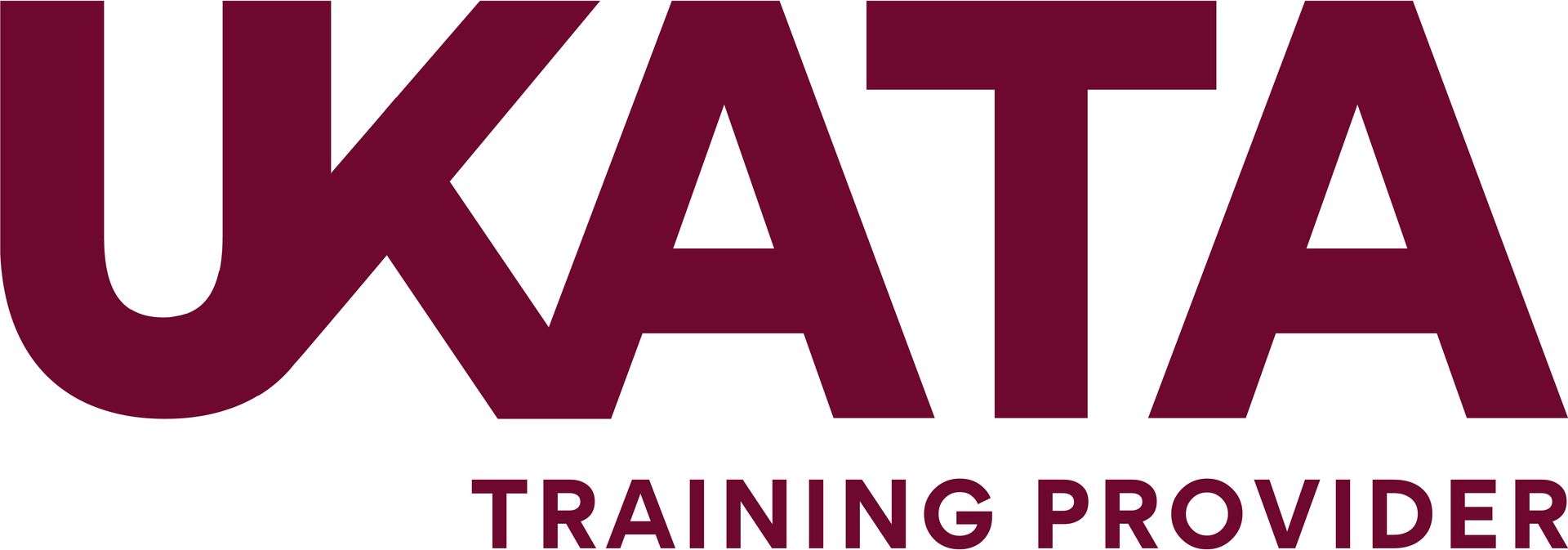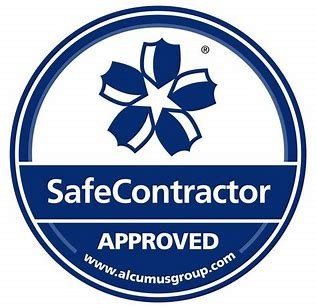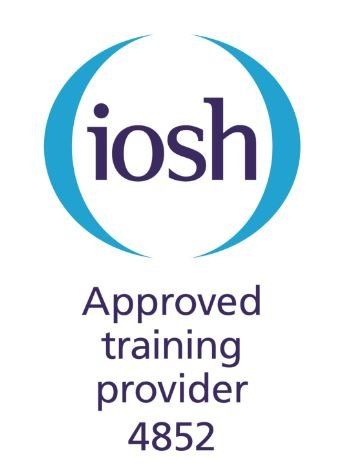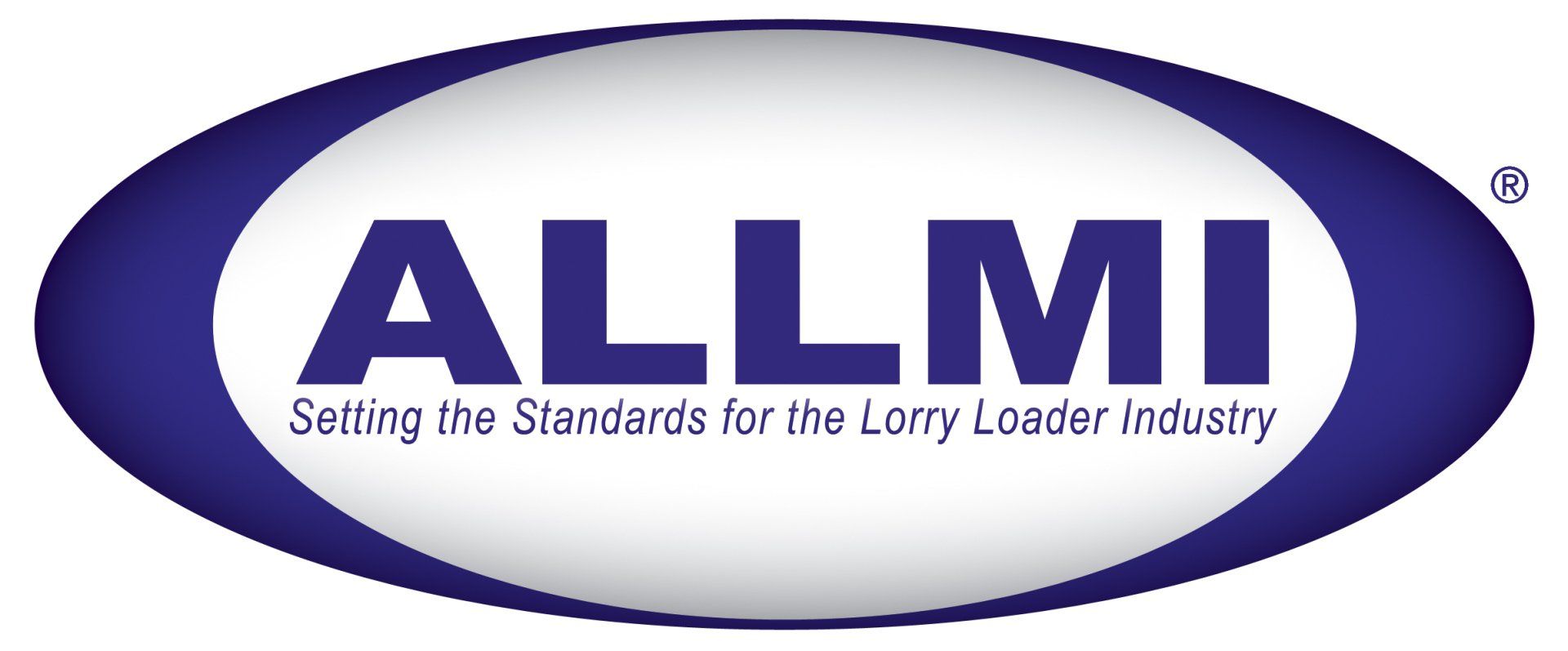What is First Aid?
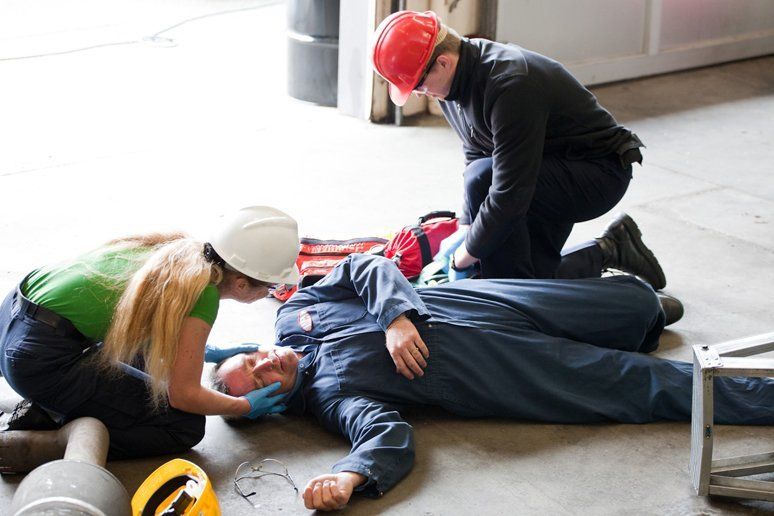
In all our lives, whether at work, home or at play, it is essential that we all know how to assist someone who is sick, or has been injured.
First aid, as the term implies, is the initial treatment given to someone who is injured or sick, prior to professional medical assistance arriving and taking over from you.
By completing a first aid course it will not make you a doctor, paramedic or nurse but by applying common sense and some basic life support skills, as well as providing care and confidence in you treatment for the casualty, you will learn skills that will enhance their well-being and in some very serious cases, possibly save their life.
Your prompt, safe and effective treatment could make a difference between life and death.
As a qualified first aider, your priorities for the casualty fall into the following categories:
PRESERVE life
ALLEVIATE suffering
PREVENT further illness or injury
PROMOTE recovery
For instance, if your casualty is suffering a major blood loss as a result of a serious cut,then you can preserve life by offering treatment immediatley and not waiting for proffessional help to sort it out for you.If you do nothing your casualty could bleed to death.
We can prevent the condition from worsening by applying a secure sterile dressing on the injured part in order to control the blood loss and prevent the risk of infection.
We can promote recovery by treating the casualty for shock and ringing for an ambulance.
Our first aid courses at Universal Training Services Midlands Ltd are are fun,interactive and delivered to a very high standard and reasonably priced.
The HSE states that employers have a duty of care to render a first aid need to their employees should they become injured or ill in the workplace.
We deliver first aid courses on a regular basis both at our training venue or at company sites if this is preferred.
